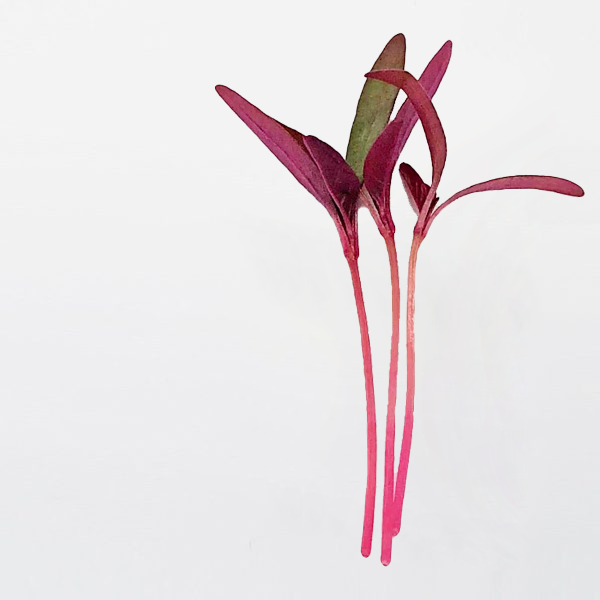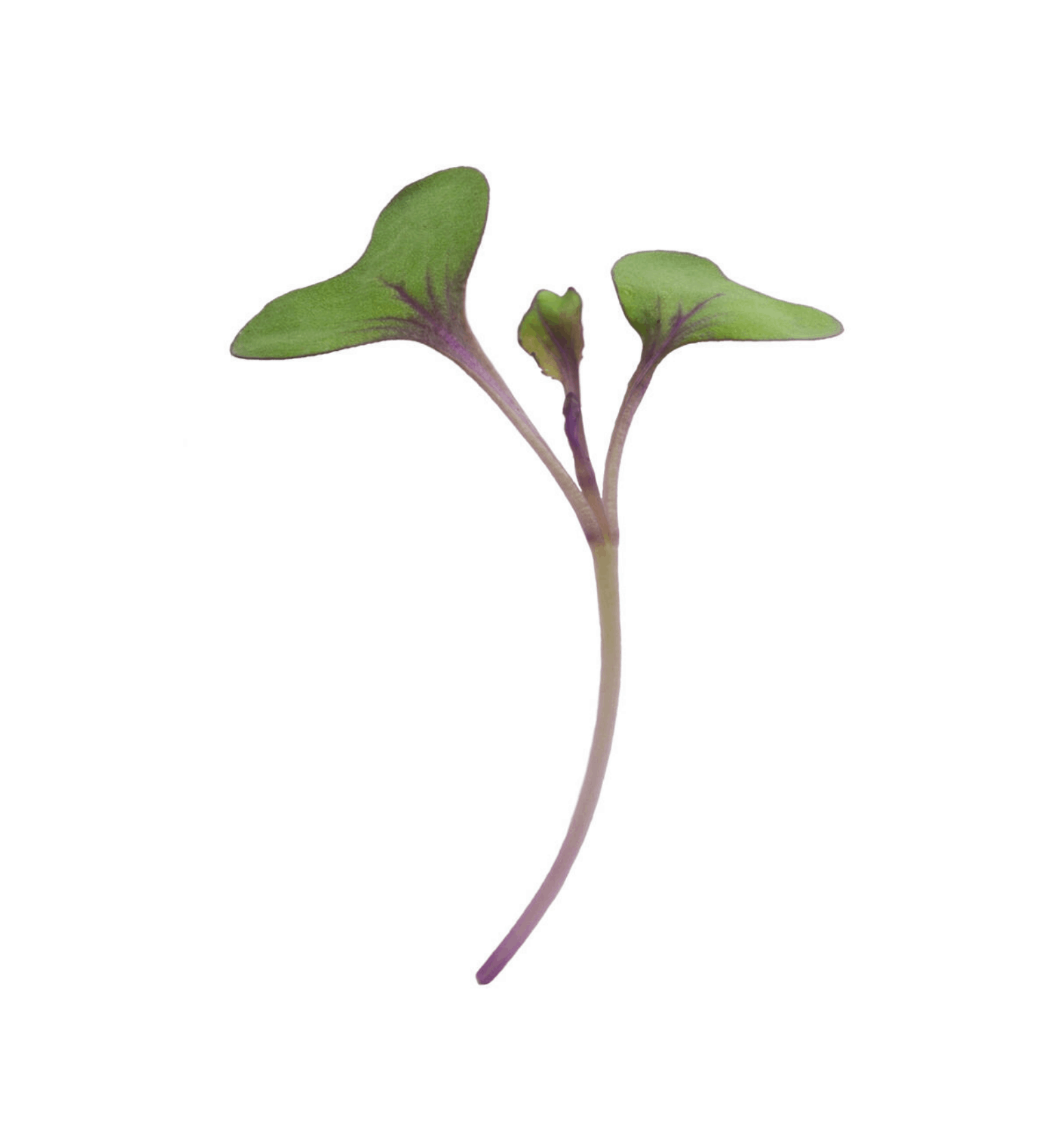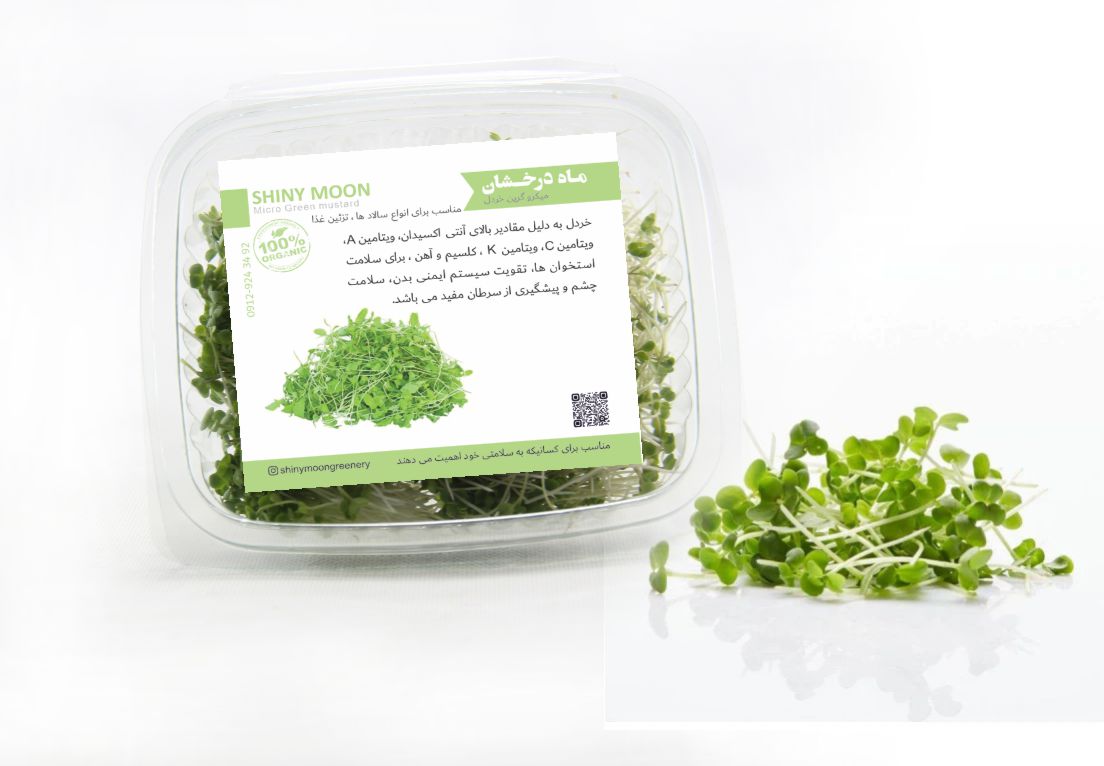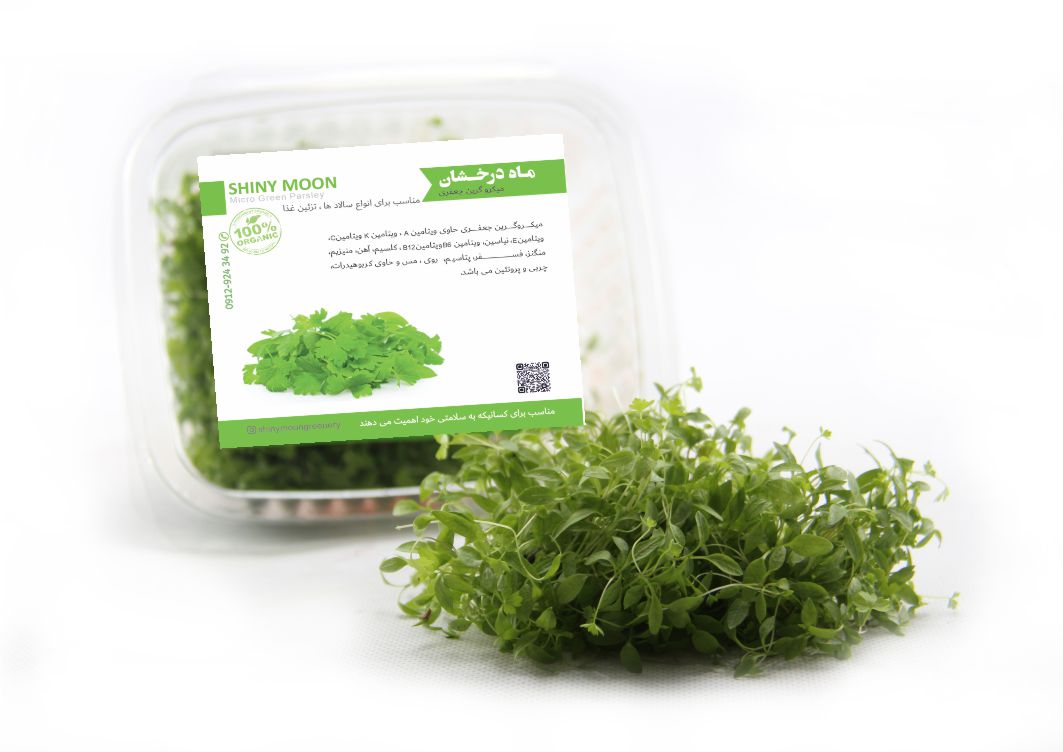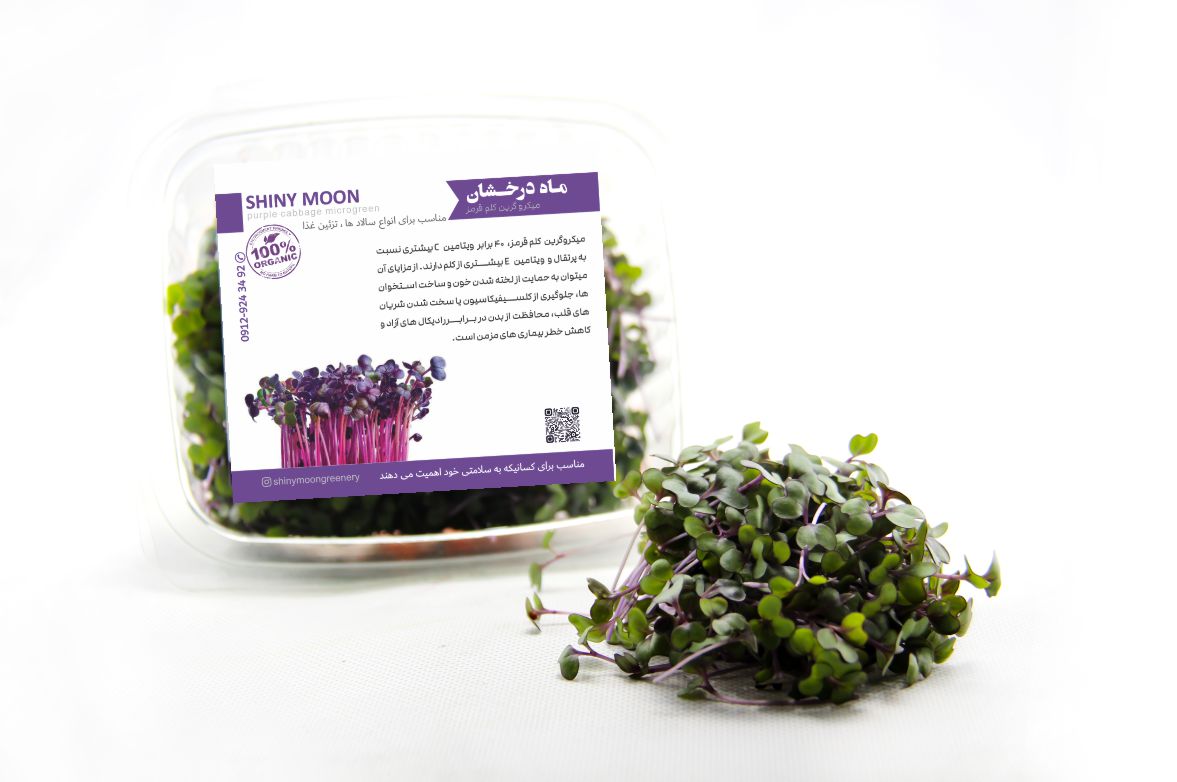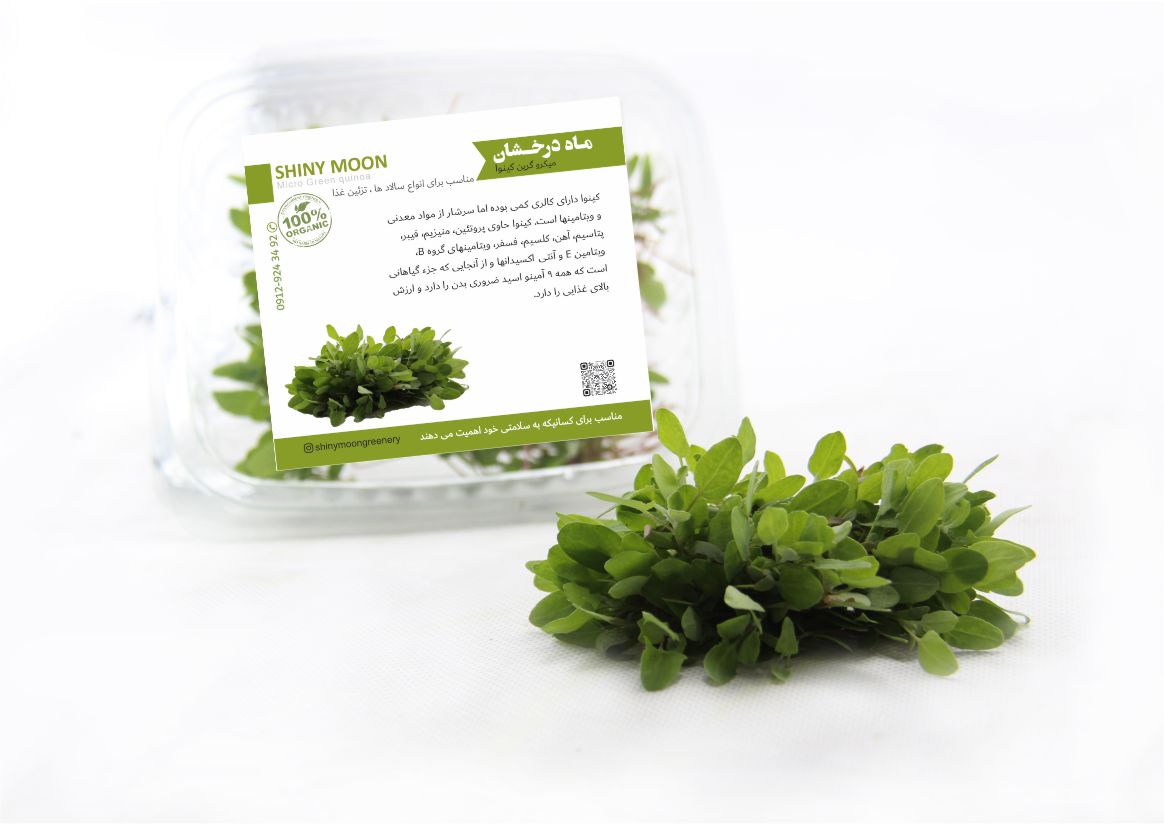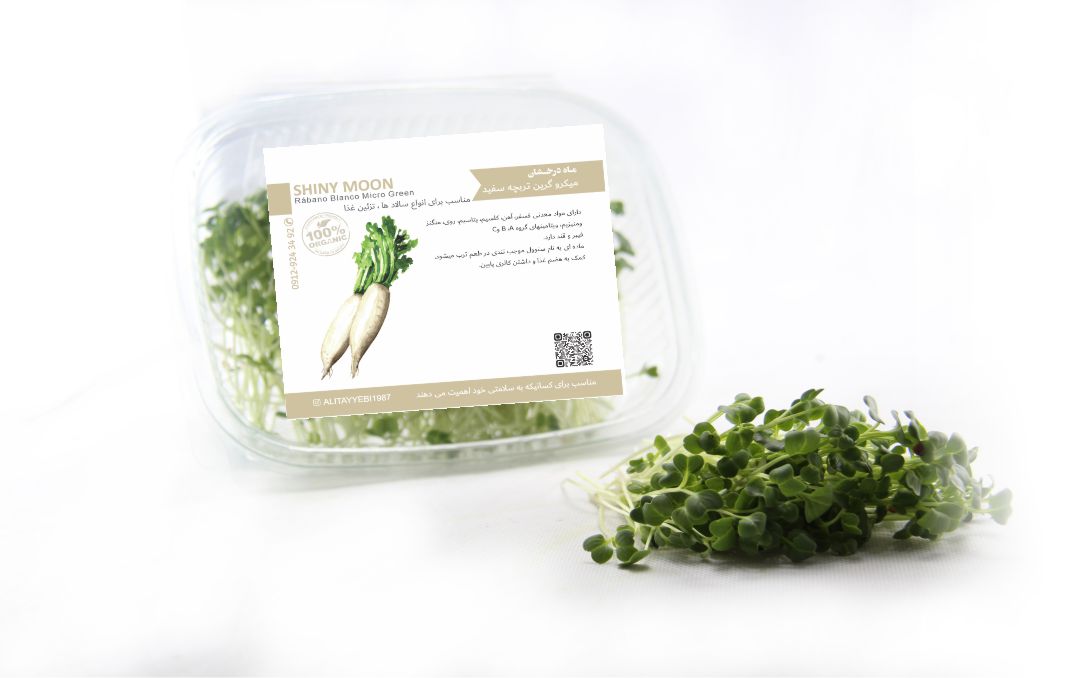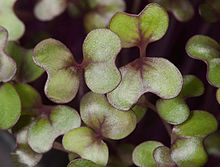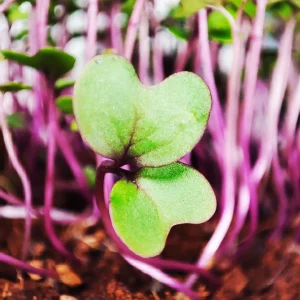shiny month
shiny month Company has started its activity in the field of specialized production of microgreens since 2019.
One of the goals of the company is the use of biocompost soil and organic seeds, which aims to produce completely organic products without using any chemicals.
The best selling products of the bright month
products Shiny month
mustard
Mustard is known for its high levels of antioxidants, vitamins A, C, K, calcium, and iron, for bone health, immune system strengthening, health Eye and Cancer Prevention.
Parsley
Parsley microgreen contains vitamin A, vitamin K, vitamin C, It contains vitamin E, niacin, vitamin B6, vitamin B12, calcium, iron, magnesium, manganese, phosphorus, potassium, zinc, copper, carbohydrates, fats, and proteins.
Peas
Peas Micro Green Pea shoots contain vitamins C and A and are super rich in antioxidants, which provide anti-inflammatory and phytonutrients to support the immune system.
purple cabbage
Red Cabbage Micro Green Red cabbage microgreens contain 40 times more vitamin C than oranges and vitamin E than cabbage. Its benefits include supporting blood clotting and building bones, preventing calcification or hardening of heart arteries, protecting the body from free radicals, and reducing the risk of chronic diseases.
quinoa
Quinoa is low in calories, but it is rich in minerals and vitamins, and it promotes a feeling of satiety and helps weight loss. Quinoa contains protein, fiber, potassium, iron, calcium, phosphorus, vitamins B, and E, and antioxidants. Since it is one of the fewest plants that has all the nine essential amino acids in the body, it is a microgreen with a very high nutritional value.
Rábano Blanco
It has minerals such as phosphorus, iron, calcium, potassium, zinc, and manganese. Magnesium, vitamins A, B and C It has fiber and sugar. A substance called senval causes a pungency in the taste of horseradish. it helps digestion and has low calories.
Properties of microgreens
Answers to your questions about microgreens
Microgreens are young seedlings of edible vegetables and herbs. Unlike larger plants and vegetables that require a longer growth period, microgreens can be harvested and consumed one to ten days after the cotyledon leaves have developed.
Microgreens are exceptionally high in vitamins, minerals, and health-promoting components. For example, purple cabbage microgreens have forty times more vitamin E and six times more vitamin C, which can help detoxify the body and aid in weight loss. Coriander microgreens contain three times more beta-carotene. Amaranth microgreens, also known as “young plants,” have the highest levels of phylloquinone, a form of vitamin K. Radish microgreens have the highest concentration of tocopherol, a form of vitamin E. Given their high vitamin K content, microgreens are considered vegetables that can help lower blood pressure. Additionally, their high antioxidant content is a significant benefit. Antioxidants are crucial for eliminating free radicals, which are produced in the body due to factors such as air pollution, cigarette smoke, alcohol consumption, toxins, high blood sugar levels, excessive intake of saturated fats, disease, and intense exercise. Free radicals can weaken the immune system and damage cell membranes.
In fact, due to their high antioxidant levels, microgreens play a significant role in boosting your immune system and improving overall health.
Microgreens can be used in a variety of dishes according to your taste, including smoothies, salads, and as food garnishes. Pea microgreens offer a delicious and unique flavor for smoothies, and you can add chard microgreens to your red fruit smoothies. For highly nutritious smoothies, wheatgrass microgreens are an excellent choice.
If you want a special and colorful salad, you can use various microgreens such as purple cabbage, chard, sunflower (which will give your salad an unforgettable taste), corn, and more.
Radish microgreens add a unique and pleasant flavor to your pasta, while colorful microgreens like chard, amaranth, quinoa, and purple cabbage can be used to garnish appetizers such as hummus, pasta salad, baba ganoush, and tabbouleh.
Although microgreens are small and delicate, they can add a vibrant, nutritious, and delicious touch to your meals.
These products are prepared organically, but for added peace of mind, you can soak a packet of microgreens in a solution of water and a bit of salt for 5 minutes, then rinse before consuming.
Microgreen packets can be stored in the refrigerator at a temperature of 4 to 5 degrees Celsius for 5 to 7 days while still sealed.
After washing, microgreens will last for 2 to 3 days in the refrigerator if kept in a closed container.
Please avoid storing microgreens at room temperature for extended periods to maintain their quality and freshness.
Single and wholesale sales
One of the goals of Mah Darashkan company is:
To use biocompost soils
and mentioned organic seeds

